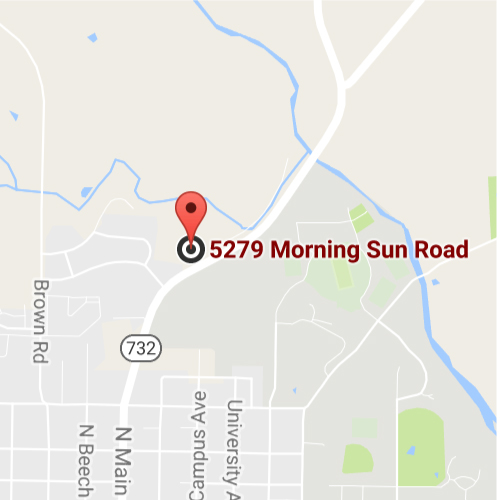Symptoms of Gum Disease
Mason & North Cincinnati, OH
Brushing and flossing your teeth are two integral steps in caring for your teeth and gums. Regular dental visits, for cleaning and exams, are also crucial. Taking proper care of your teeth keeps them healthy, keeping dangerous conditions, like gum disease, at bay. However, sometimes, despite your best efforts, gum disease can still happen. At Martin Periodontics, we can help you to recognize the symptoms so that you can take action right away.
Gum disease is a serious, progressive, oral health issue. It starts when plaque and bacteria build up in your mouth. Both irritate your gum tissue, provoking an inflammatory response from your immune system. You gums swell up and, as they do, they pull away from their snug position against your teeth. This creates pockets, into which bacteria fall. From inside your gums, they continue their destruction, attacking the ligaments that hold your teeth in place, and your jawbone. Bacteria can even enter your bloodstream and cause serious health complications throughout your body.
Symptoms to Watch Out For
There are several symptoms to be on the lookout for, and there are different symptoms depending upon the stage of gum disease. The earliest stage of gum disease is easily missed. The only symptoms that are present are red, swollen gums, that bleed when you brush or floss. Many times, these symptoms are mistaken for other issues, such as an overly vigorous oral health care regimen. As such, they go ignored.
In later stages of gum disease, your gums are still red and swollen, but there are also other symptoms that accompany them:
| • |
Chronic bad breath (due to bacteria and food particles below the gum line).
|
| • |
Spaces between your teeth, which can create periodontal pockets. These pockets continue to get deeper as time goes on.
|
| • |
Receding gums. When your gums recede, your teeth start to look longer than normal. A recession occurs when your gums swell. As the tissue pulls away from your teeth, it begins to die off. As the bacteria continue to irritate your gums, they continue to swell, and bacteria travel deeper and deeper, causing more and more recession.
|
| • |
Sensitivity (as a result of your roots being exposed).
|
| • |
Loose teeth. When the bacteria attack your periodontal ligaments and jawbone, both structures weaken. Your teeth are no longer held securely in place.
|
| • |
Misaligned bite.
|
| • |
Teeth that have fallen out. |
Treatment for your gum disease depends heavily on what stage you are experiencing. If you catch the issue early enough, becoming more vigilant with your home oral care routine, along with a thorough dental cleaning, can often help to reverse the effects. Later stages of gum disease, however, require a bit more work. The effects cannot be reversed, but they can be stopped. Treatments may include scaling and root planing, laser therapy, pocket reduction surgery, gum grafts, or bone grafts. Gum grafts and bone grafts are designed to help restore the lost soft and hard tissues so that your mouth can regain its health, as well as its strength. Taking care of your mouth after treatment, with a regular oral hygiene routine, is essential to ensure that you are not faced with the same issues again.
If you notice any symptoms of gum disease, no matter how minor they may seem, it is imperative that you seek dental treatment right away. Contact Martin Periodontics at (513) 445-4282
to schedule your appointment today!
|



